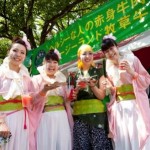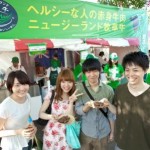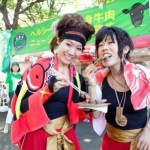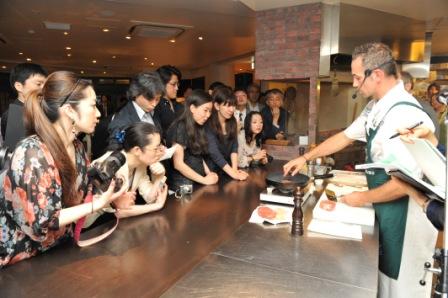 A new free trade agreement, that could mean a US$500 billion boost to the Asian region’s economy by 2025, is to be negotiated it was announced today.
A new free trade agreement, that could mean a US$500 billion boost to the Asian region’s economy by 2025, is to be negotiated it was announced today.
The New Zealand International Business Forum (NZIBF) has welcomed the announcement that the ten members of ASEAN (the Association of South East Asian Nations) and six other economies including New Zealand, Australia, China, Japan, Korea and India, intend to negotiate the Regional Comprehensive Economic Partnership (RCEP).
“This is a further sign that New Zealand’s home is in Asia” said NZIBF Chairman Sir Graeme Harrison.
“This negotiation will build on New Zealand and Australia’s existing high quality free trade agreement with ASEAN and will bring both the giant North Asian economies and India into the same network. The initiation of a free trade negotiation with Japan is particularly welcome: Japan is now the only Asian economy with which New Zealand neither has an FTA or a negotiation underway. A closer trade and economic relationship with Japan is strongly supported by New Zealand business and would be benefit to both countries”.
The RCEP announcement was made at the East Asia Summit meeting in Phnom Penh which is being attended by Prime Minister Key and Trade Minister Groser. The announcement follows several years of preparatory work by officials.
“We congratulate those associated with this initiative which demonstrates new leadership by the ASEAN economies. I can see several years of hard work by negotiators ahead to bring this new agreement into effect. The effort will be worth it: because of its wide coverage RCEP could be even bigger than the Trans Pacific Partnership (TPP) in terms of its contribution to economic welfare.”
Sir Graeme emphasised that TPP and RCEP were mutually reinforcing as potential pathways to a wider Free Trade Area of the Asia Pacific (FTAAP).
“There can be many paths to a broader vision for regional economic integration. New Zealand is fortunate to be directly involved in both major initiatives. TPP is further advanced but both TPP and RCEP are significant and for New Zealand offer the possibility of eliminating barriers and reducing the cost of doing business, building the basis for economic growth and creating jobs”, concluded Sir Graeme.
ASEAN members include Brunei, Cambodia, Indonesia, Laos, Malaysia, Myanmar (Burma), Singapore, Thailand, The Philippines and Viet Nam, which make up collectively the world’s ninth largest economy.
Research by the East West Centre in Honolulu and the Petersen Institute for International Economics in Washington DC suggests that Asian trade liberalisation could be worth $US500 billion to the region’s economy by 2025.






